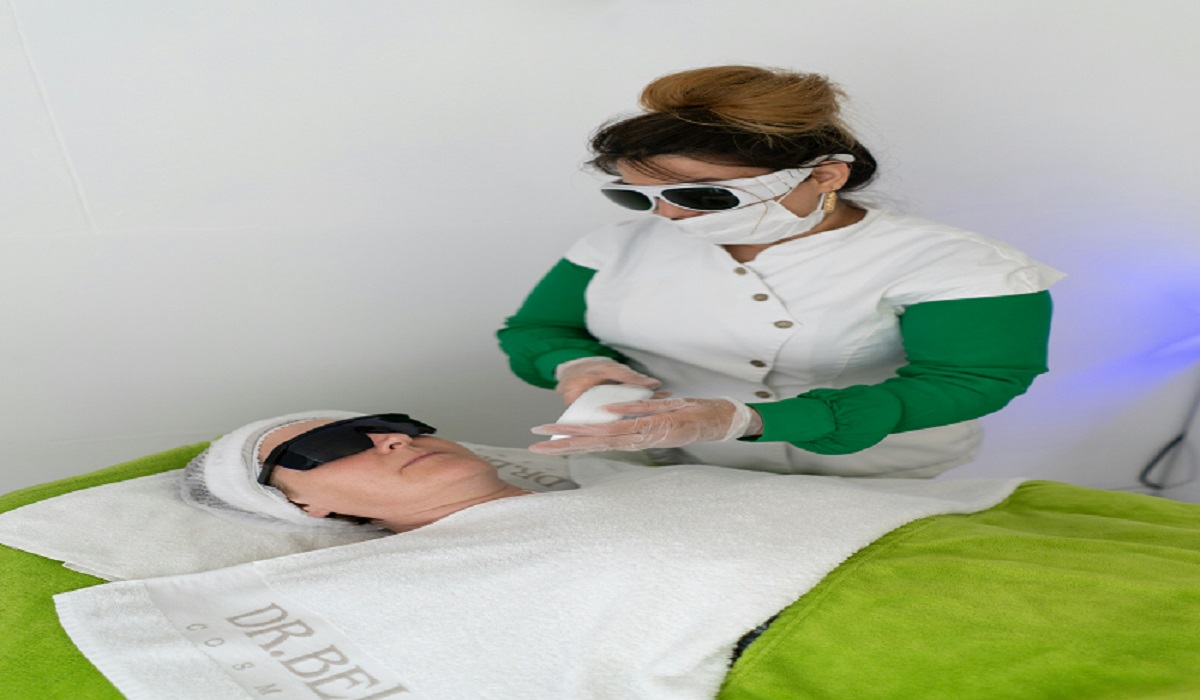A muscle knot occurs when a muscle or joint forms a lump and causes pain. They are also known as myofascial trigger points and are caused by muscle tension. They happen when you train a muscle for a long time or sit in an uncomfortable position for a long time. So how do you identify if you are suffering from a muscle knot?
Which areas are susceptible to muscle knots?
The Myofascial triggers can happen anywhere where you have skeletal muscle or fascia. Most people who complain of muscle knots often have it form;
- Lower and upper back
- Neck,
- On the top of your shoulders,
- Arms,
- Legs
- Calves
How do I know if it’s a muscle knot?
A small bump
You will feel a small bump when you feel the skin on the area with a muscle knot. Some muscle knots can be as large as a thumb. They consist of muscle fibers that cling together and form a hard knot. They form just under the skin or on the soft tissues beneath the skin.
At times, the knots might develop deep in the muscle, which needs a more firm pressure to feel it. It is important to get checked with an expert when you experience such a lump, whether it is painful or not.
Mild pain and tension in a particular area
Muscle knots are not easily visible, but the affected person will feel mild pain in the area. The pain can either be intense or mild, depending on the muscle pain you have. The pain could also be transferred to a different part of your body.
Some people describe the pain as deep, sometimes a sharp pain on the nerves. Others experience numbness in the affected area. You could have a muscle knot on your shoulder and feel pain in your head and neck. Muscle Knots can be categorized into two:
Active points
This pain is intense at the muscle and is known as the active trigger point. They are often painful even when the affected muscle is touched. It occurs when you repeatedly perform an action using the muscle or don’t have the correct posture and strain the muscle.
Latent points
You will not feel if the muscle is irritated unless you touch it or apply pressure on the point. This type of muscle knot is referred to as a latent trigger point. Sometimes; the person will not notice the muscle irritation. It can restrict movement, and the pain will appear when triggered by a motion or an action.
Reduced mobility
When you get a muscle knot, it may be difficult to move the part of the body affected. For example, if you have a muscle knot on the leg, you might find it difficult to move. It is because of the tension in the muscle that makes it hard to move it. The pain caused could also prevent you from making movements.
How long can a muscle knot take?
The muscle knot can take a few days to resolve for some people. In other people, it takes up to one or two weeks for the pain to go away. If the muscle knot takes more than three weeks, it could signal a more serious matter, and you should get checked.
Final words
Muscle knots are not life-threatening, but you cannot ignore the inconvenience they can cause you. Treating a muscle knot using some intervention, such as massage, is possible. If you notice all these symptoms, you could be experiencing a muscle knot; find out how you can deal with it at home or with a health professional.


